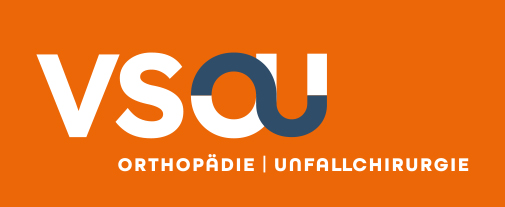Übersichtsarbeiten - OUP 01/2014
Botulinumtoxin in der KinderorthopädieBotulinum toxin A in children’s orthopedics and neurosurgery
13. Graham HK, Aoki KR, Autti-Ramo I et et al. Recommendations for the use of botulinum toxin type a in the management of cerebral palsy. Gait & posture 2000; 11: 67–79
14. Heinen F, Molenaers G, Fairhurst C et et al. European consensus table 2006 on botulinum toxin for children with cerebral palsy. European journal of paediatric neurology. EJPN: official journal of the European Paediatric Neurology Society 2006; 10: 215–225
15. Schroeder AS, Ertl-Wagner B, Britsch S et et al. Muscle biopsy substantiates long-term mri alterations one year after a single dose of botulinum toxin injected into the lateral gastrocnemius muscle of healthy volunteers. Movement disorders: official journal of the Movement Disorder Society 2009; 24: 1494–1503
16. Love SC, Novak I, Kentish M et et al. Botulinum toxin assessment, intervention and after-care for lower limb spasticity in children with cerebral palsy: International consensus statement. European journal of neurology: the official journal of the European Federation of Neurological Societies 2010; 17 (Suppl 2): 9–37
17. Placzek R. [Botulinum toxin a in children with infantile cerebral palsy: Indications and treatment concepts]. Der Orthopaede 2010; 39: 23–30
18. Placzek R, Siebold D, Funk JF. Development of treatment concepts for the use of botulinum toxin a in children with cerebral palsy. Toxins 2010; 2: 2258–2271
19. Blackmore AM, Boettcher-Hunt E, Jordan M et et al. A systematic review of the effects of casting on equinus in children with cerebral palsy: An evidence report of the aacpdm. Developmental medicine and child neurology 2007; 49: 781–790
20. Berweck S, Heinen F. Cerebralparese. Bern: Hans Huber, 2008
21. Kargo WJ, Nitz DA. Early skill learning is expressed through selection and tuning of cortically represented muscle synergies. The Journal of neuroscience: the official journal of the Society for Neuroscience 2003; 23: 11255–11269
22. Hagglund G, Andersson S, Duppe H et et al. Prevention of dislocation of the hip in children with cerebral palsy. The first ten years of a population-based prevention programme. The Journal of bone and joint surgery. British volume 2005, 87, 95–101
23. Pidcock FS, Fish DE, Johnson-Greene D et et al. Hip migration percentage in children with cerebral palsy treated with botulinum toxin type a. Archives of physical medicine and rehabilitation. 2005; 86: 431–435
24. Siebold D, Rickensdorf S. Neurologische Rehabilitation von Kindern mit Hirnschädigung im ersten und zweiten Lebensjahr – das Berliner Modell. Praxis Ergotherapie 2009; Praxis der Kinder-Reha, 4–7
25. Druschel C, Althuizes HC, Funk JF et et al. Off label use of botulinum toxin in children under two years of age: A systematic review. Toxins 2013; 5: 60–72
Fussnoten
1 Kinder- und Neuroorthopädie, Klinik und Poliklinik für Orthopädie und Unfallchirurgie, Universitätsklinikum Bonn, Direktor: Univ.-Prof. Dr. med. Dieter C. Wirtz
2 Klinik für Orthopädie und Orthopädische Chirurgie, Universitätsklinikum Düsseldorf
3 Abteilung für Kinderorthopädie, Altonaer Kinderkrankenhaus Hamburg
4 Arbeitskreis Botulinumtoxin (AkBoNT) der Deutschen Gesellschaft für Neurologie (DGN)
